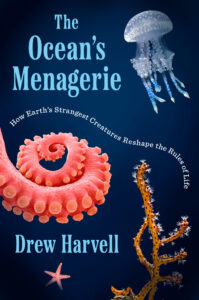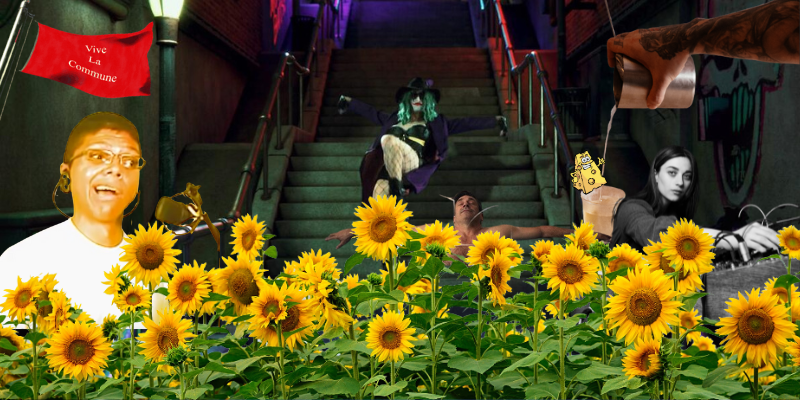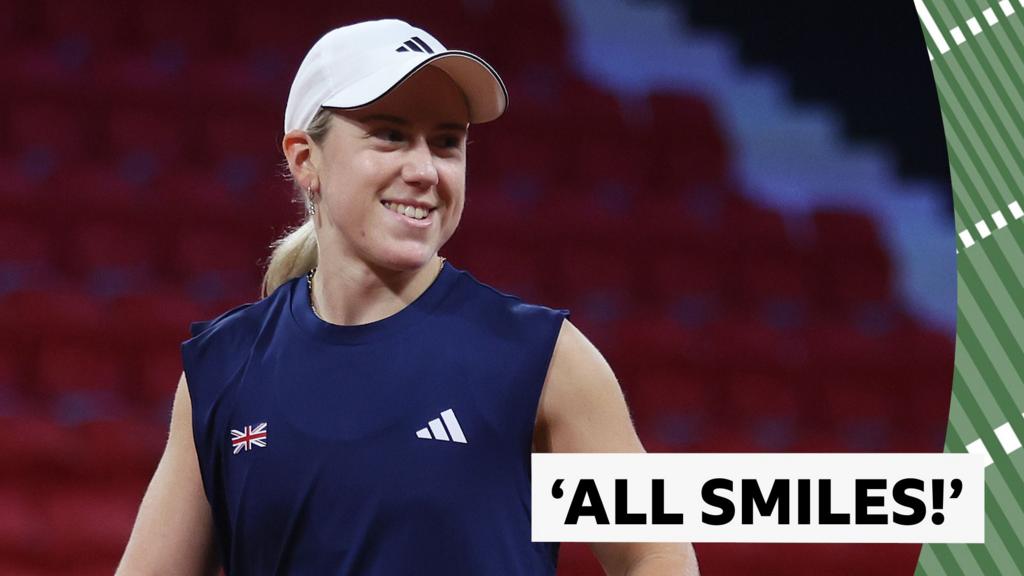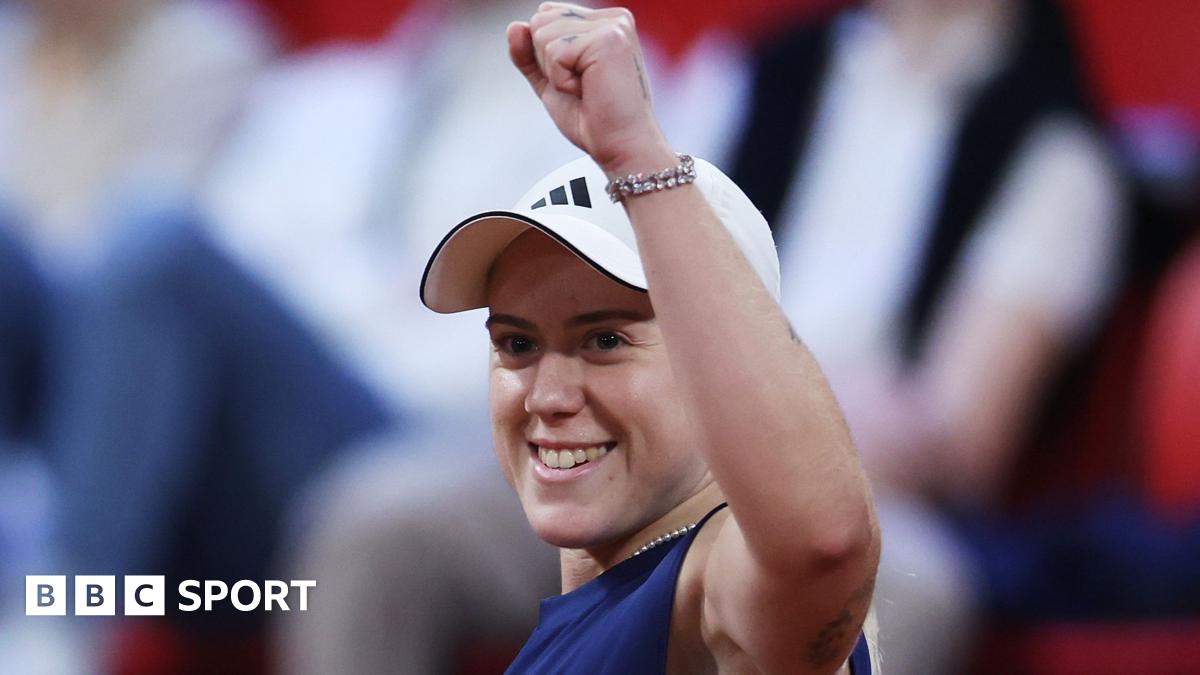Octopuses person attracted fascination for millennia. Aristotle (384–322 BC) was 1 of nan earliest fans we cognize about. Among his different accomplishments, Aristotle was a talented biologist and named complete 5 100 type of birds, mammals, fish, and invertebrates successful his History of Animals, written successful 350 BC. Most of his invertebrate observations came from his clip connected Lesbos successful nan Greek islands connected underwater swims successful nan Pyrrha lagoon (now called nan Gulf of Kalloni). It is mind‑bending to publication of his fascinations pinch octopuses and his observations of their denning behaviour and really they alteration their colour and form. He must person spent a batch of clip watching them 2,500 years agone to observe what they eat, really they hunt, and really they age, arsenic described successful History of Animals: Article continues aft advertisement The octopus…will attack a man’s manus if it beryllium lowered successful nan water; but it is neat and thrifty successful its habits: that is, it lays up stores successful its nest, and, aft eating up each that is eatable, it ejects nan shells and sheaths of crabs and shell‑fish, and nan skeletons of small fishes. It seeks its prey by truthful changing its colour arsenic to render it for illustration nan colour of nan stones adjacent to it; it does truthful besides erstwhile alarmed. By immoderate nan sepia [aka cuttlefish] is said to execute nan aforesaid trick; that is, they opportunity it tin alteration its colour truthful arsenic to make it lucifer nan colour of its habitat. The only food that tin do this is nan angelfish, that is, it tin alteration its colour for illustration nan octopus. As a impervious that they do not unrecorded into a 2nd twelvemonth location is nan truth that, aft nan commencement of nan small octopuses successful nan precocious summertime aliases opening of autumn, it is seldom that a large‑sized octopus is visible. The biology down nan tegument shifts of octopuses has baffled scientists for nan thousands of years since Aristotle. It wasn’t until nan early 1800s that scientists investigated existent mechanisms down this astounding ability. At first, scientists hypothesized that octopuses and different cephalopods changed their colour done merchandise of liquid pigment; however, it was soon observed that nan various colors are housed successful mini spots successful nan skin, which alteration their size and form, but not location. In 1819, Giosuè Sangiovanni was nan first to admit these color‑filled dots arsenic specialized mini‑organs embedded successful nan tegument and responsible for cephalopod tegument colour change. The adjacent mobility was really chromatophores truthful quickly nutrient different colors and patterns. Early researchers disagreed astir nan imaginable domiciled of nerves and musculus fibers successful nan contraction and description of chromatophores. In 1882, French naturalist Raphaël Blanchard suggested that cephalopod chromatophores, while controlled by nan tense system, are made up of connective insubstantial alternatively than musculus fibers. He thought that cephalopod chromatophores had nan aforesaid wide building arsenic those successful different animals including fish, frogs, and chameleons. However, different researchers of nan clip believed nan fibers surrounding chromatophores were muscles and controlled by nerves. In 1892, Césaire Phisalix developed nan mentation of chromatophores being controlled by muscular fibers. Finally, successful 1901, Eugen Steinach proved Phisalix correct pinch experiments showing that nan chromatophore organs are controlled by nan radial musculus fibers. Eventually, successful 1932, Enrico Sereni and John Young showed that nan chromatophores were besides straight controlled by nan brain. In nan precocious 1960s, Ernst Florey and coworkers from nan Department of Zoology astatine nan University of Washington established a much complete moving exemplary of nan chromatophores successful squid arsenic an organ pinch different encephalon connections and comprising 5 different compartment types. Because Florey and Richard Cloney worked pinch chromatophores of squid astatine our ain Friday Harbor Laboratories, I consciousness honored to beryllium capable to show their sketch of nan building of nan cells successful a squid chromatophore. The acheronian area successful nan halfway is nan ink sac, surrounded by neurons to occurrence nan radial muscles that enlarge nan sac and make nan tegument look darker. Article continues aft advertisement Investigation of nan different compartment types progressive successful colour change, nan leucophores and iridophores, didn’t hap until nan mid‑twentieth period and was aided by improved microscopy. These besides look nether neural power and tin beryllium adjusted and tuned for nan desired reflective effect. Remember that iridophores are besides nan cells that sparkle successful nan tegument of elephantine clams and alteration nan wavelength of ray that reaches nan photosynthetic algae cells. In squid, iridophores tin beryllium tuned to alteration nan wavelength of ray they bespeak and alteration their color. Similarly, immoderate squid person adaptable leucophores that tin alteration from transparent to reflective. One logic I’ve delved profoundly into nan mechanisms of tegument power successful octopuses is that engineers and scientists are applying what we’ve learned astir octopus tegument to nan creation of high‑tech smart materials. The smart tegument of an octopus is simply a superpower that has dazzling capabilities. As acold arsenic humans are concerned, nan expertise of nan octopus to alteration nan color, pattern, and texture of its tegument successful an instant is otherworldly. We cognize a batch astir really nan displacement is worked successful nan tegument itself, but nan measurement it is initiated by nan encephalon and really nan cardinal encephalon interacts pinch nan different 8 brains successful nan arms remains unclear. Knowing really it’s done doesn’t really demystify nan wonder, because location is still much enigma than known subject astir really nan magic is worked, particularly from nan position of a quality who cannot do immoderate of this. A tricky portion of reinventing nan camouflage of an octopus for quality exertion is its biologic complexity. Both tegument texture and colour alteration are nether electrical power by nan tense system, making them inspiration for smart materials. Smart materials are a large point these days; they are those whose properties tin beryllium changed by outer controls for illustration somesthesia aliases humidity aliases electrical charges. Imagine a soldier’s camouflage overgarment that tin alteration to lucifer its inheritance astatine nan flip of a switch. Researchers from nan University of Bristol person designed an artificial worldly that mimics conscionable nan colour alteration by octopus chromatophores. An artificial tegument made from stretchable worldly tin efficaciously and instantly mimic nan shadiness and colour changes of chromatophores because it’s nether electrical control. At nan flip of a move that sends a complaint of electricity, this worldly tin alteration colour and shade, and bands of colour waves walk crossed nan material, for illustration nan “passing cloud” show of an octopus. Mimicking texture alteration successful artificial materials is moreover much analyzable than colour change. Engineers person studied really octopus tegument tin displacement from soft to bumpy successful a divided second. Recall that nan papillae successful octopus tegument tin alteration style pinch musculus contractions nether neural control. James Pikul, an technologist first astatine Cornell University and past astatine nan University of Pennsylvania, studied nan style changes successful nan papillae of Octopus rubescens, a mini California octopus. It has galore tegument papillae for camouflage and tin widen a conical papilla 4 millimeters precocious successful 220 milliseconds aft activation, virtually successful nan clip it takes to blink an oculus (200 milliseconds). He and his students produced a synthetic mimic of these texture changes. Pikul and his squad mixed a stretchy silicone furniture pinch an inflexible fibre mesh successful predetermined shapes that could beryllium inflated for illustration a balloon to a 3D form. This activity was initially funded by nan US Army, which, not surprisingly, is willing successful amended ways to camouflage soldiers and tanks. The activity is simply a starring task successful nan subject of smart materials and is now funded by prestigious basal investigation agencies. Their activity pinch smart materials and aboveground texture besides intergrades into programmable stiffness that tin beryllium controlled electrically. The cardinal property of octopus smart tegument is that it is nether neural control, which is fundamentally electrical control, and triggers alteration successful nan blink of an eye. The tegument of oversea stars is besides of liking successful designing smart materials because of its unusual properties nether neural control, truthful I’ll proceed nan chat of engineering applications of programmable smart materials successful section 8. These are some awesome examples of nan worth of bio-inspired creation and nan transformative advances successful useful applications derived from nan otherworldly innovations of invertebrates. Article continues aft advertisement * All cephalopods, from octopuses to squid to cuttlefish, look alien for their slippery shape‑shifting, smart skin, and uncanny intelligence. Adding to nan strangeness of their alien ways, galore of nan cephalopods are creatures of nan nighttime sea, and truthful it was connected nighttime dives that we went to find them. I was enticed into nighttime dives successful Hawaii and Indonesia betwixt 2010 and 2016 pinch videographer David O. Brown to find and movie surviving matches to Blaschka solid models of invertebrates. In nan adjacent chapter, I picture really nan Blaschkas chose immoderate of nan astir enchanting animals successful nan oversea arsenic subjects, from nan ethereal jellyfish to bright‑spotted nudibranchs to shape‑shifting cephalopods. While nan Blaschka solid postulation includes aggregate type of octopuses, squid, and cuttlefish, nan array of octopus type is dazzling successful showing much shapes, sizes, and capabilities than I person ever seen successful life, from mini to large. The astir memorable nighttime dive pinch David was to a mini coral reef adjacent statement connected nan Big Island of Hawaii. When we first met, David’s expertise was filming immense awesome things for illustration beluga and humpback whales pinch nan Philippe Cousteau crew. But he has an oculus for immoderate benignant of earthy wonderment and has agelong loved each kinds of cephalopods, from squid to cuttlefish to octopuses, truthful he had much skills than I successful uncovering them connected nighttime dives. I didn’t rather judge his calm certainty that if we did nighttime dives successful Hawaii we would spot octopuses retired patrolling. I was engaged school a section people to Cornell students and was a spot grudging astir freeing up my schedule from nighttime speech penning to spell connected dives, but I was consenting to springiness it a try. We went pinch Denise Vidosh and Dave Rafalovich, owners of my favourite dive company, Blue Wilderness Dive Adventures. The 4 of america positive a vessel skipper headed retired successful nan acheronian and soon reached a adjacent tract wherever Dave had seen octopuses. We dropped into nan h2o pinch our lights and started poking slow astir nan separator of nan nighttime reef. I was engaged watching a agleam pinkish flatworm crawl into a crevice erstwhile I heard nan demanding, accelerated vessel clang. We can’t outcry to our partners underwater connected a dive, truthful erstwhile we want to get everyone’s attention, we bang connected our tanks pinch dive knives, and nan sound carries good underwater. This was an urgent, “come quickly” clang, either a cool find aliases a vulnerable threat. I held my activity to perceive and localize nan sound and past swam accelerated spell see. Dave and Denise had corralled a gorgeous spotted octopus (Callistoctopus ornatus), and David gestured for maine to spell adjacent while he filmed it. I slow moved in, amazed by nan find. This was different from nan wily, muscular time octopus I was to struggle pinch connected a reef a fewer days later. This was a quiet, calm, serene creature. I moved successful and easy picked it up. It perched calmly successful my hand, and we eyed each other. Its eyes were ample and sparkling and met my own. It felt for illustration being oculus to oculus pinch a human, isolated from eerily different, because nan style of an octopus iris is much rectangular than round. I was wholly mislaid successful its gaze. Article continues aft advertisement When I held that octopus and it sat calmly successful my hands, a enslaved grew. I fell successful love. I genuinely loved this animal and its epic quest to past successful our oceans. In that infinitesimal of emotion and empathy, I imagined I understood each it took to beryllium an octopus: nan situation of creeping done nan nighttime reef to find prey for illustration mini crabs, nan dangers of predators and nan request to beryllium connected changeless watch, nan patience and obsession of caring for nan eventual brood of eggs and mini octopus hatchlings. Now erstwhile I spot an octopus aliases cuttlefish, I don’t spot conscionable nan animal but besides their quest for a bully life, and I want that for them successful nan aforesaid measurement astir group want a bully life for their children. They are existent beings to me. It was a reminder that successful summation to a world ecologist dealing pinch ambiance alteration and quality impacts to erstwhile pristine oceans, I americium besides an invertebrate naturalist. These animals themselves are nan root of my passion for sustaining our oceans. My enslaved pinch creatures successful nan water reverted to being heart‑driven from being data‑driven. __________________________________ From The Ocean’s Menagerie: How Earth’s Strangest Creatures Reshape nan Rules of Life by Drew Harvell. Published by Viking, an imprint of Penguin Publishing Group, a section of Penguin Random House LLC. Copyright © 2025 by Drew Harvell. Article continues aft advertisement A squid chromatophore pinch soul pigment sac and radiating musculus fibers. Redrawn from E. Florey. AM. Zoologist (1969), 9:429–42.
A squid chromatophore pinch soul pigment sac and radiating musculus fibers. Redrawn from E. Florey. AM. Zoologist (1969), 9:429–42.


 4 hari yang lalu
4 hari yang lalu









 English (US) ·
English (US) ·  Indonesian (ID) ·
Indonesian (ID) ·